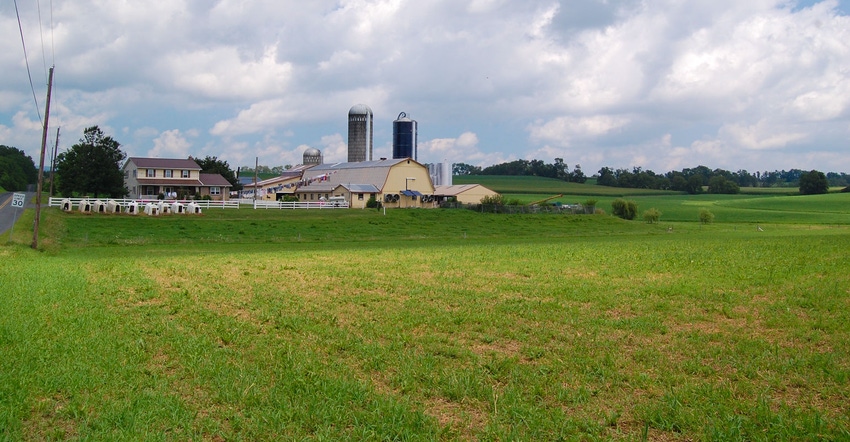June 29, 2020

The Maryland Department of Agriculture’s cover crop sign-up will be conducted entirely by mail from July 1-17.
The popular conservation program provides farmers with cost-share assistance to offset seed, labor and equipment costs associated with planting cover crops on their fields in fall to build healthy soils and protect the Chesapeake Bay.
Farmers who participated in last year’s cover crop program will receive registration packets in the mail. The packet includes an application, program flyer, step-by-step instructions and return envelope that has been preaddressed to a local soil conservation district.
On July 1, applications will be available on the program’s website. To be considered for cost-share, applications must be postmarked by July 17. Farmers who have questions or need assistance with their applications should contact their local soil conservation district.
Cover crop payments
Eligible farmers can receive up to $60 per acre in cost-share grants to incorporate traditional cover crops into their fields this fall. The maximum payment for aerial seeding with incentives is $65 per acre. Here are some additional highlights:
The base payment is $40 per acre for incorporated seed and $45 per acre for aerial seed or aerial ground seeding.
A $10-an-acre early planting incentive is offered for incorporated seed.
Farmers who aerial seed or aerial ground-seed cover crops into standing corn on or before Sept. 10 qualify for a $10-an-acre incentive payment.
Incentives to terminate cover crops after May 1, 2021, may be available.
Farmers may plant cover crops after corn, soybeans, sorghum, tobacco, vegetables and, new this year, hemp and millet.
To help create diversity, eligible cover crop species may be mixed with radishes and legumes, including clover, Austrian winter peas, and hairy vetch using a variety of two- and three-species mixes.
Eligibility requirements
Farmers are required to include a completed current Nutrient Management Plan Certification with their cover crop applications. This form may be downloaded from the website and must be signed by both the farm operator and the person who prepared the farm’s Nutrient Management Plan.
Maryland’s Cover Crop Program is administered by the Maryland Department of Agriculture and the state’s 24 soil conservation districts through the Maryland Agricultural Water Quality Cost-Share Program.
Applicants must be in good standing with MACS and in compliance with Maryland’s nutrient management regulations.
Other restrictions and conditions apply.
Funding for the 2020-21 Cover Crop Program is provided through the Chesapeake Bay Restoration Fund and the Chesapeake and Atlantic Coastal Bays Trust Fund.
Source: Maryland Department of Agriculture, which is solely responsible for the information provided and is wholly owned by the source. Informa Business Media and all its subsidiaries are not responsible for any of the content contained in this information asset.
You May Also Like




